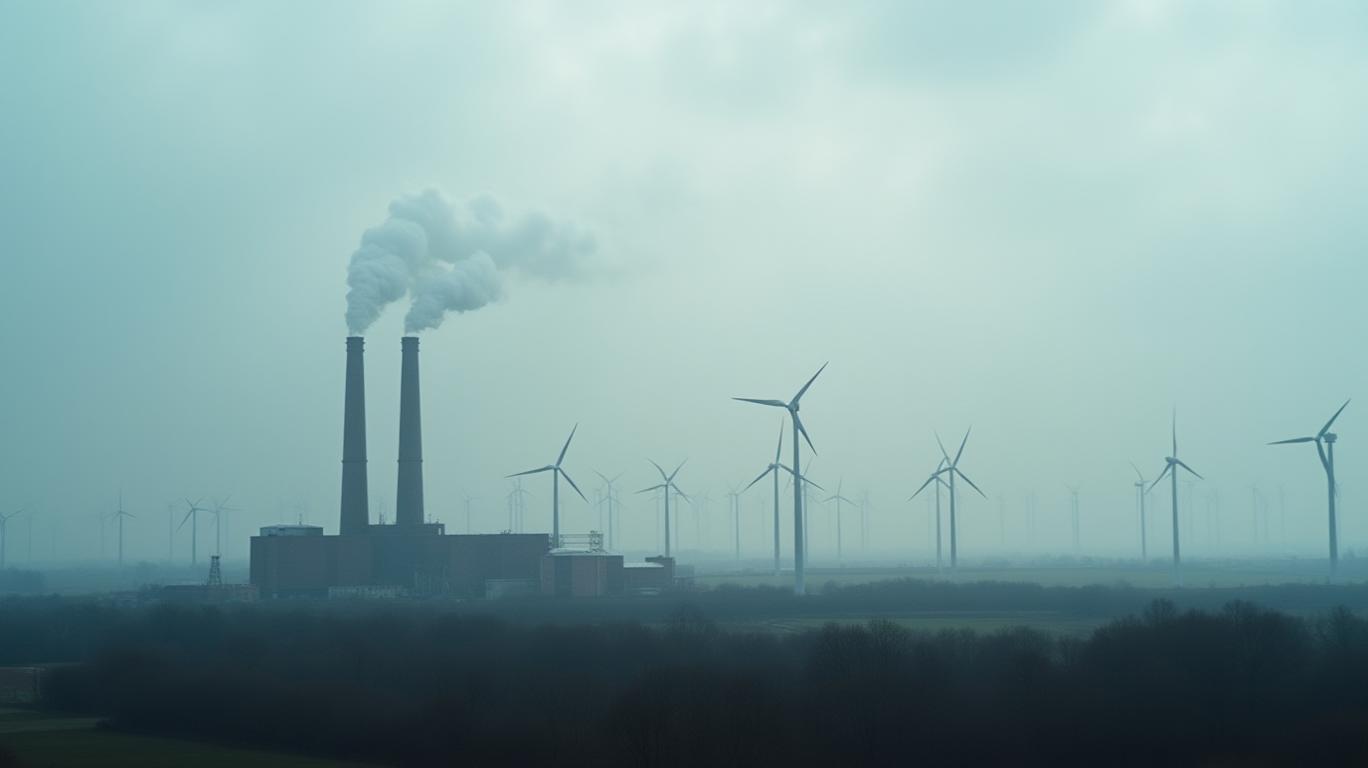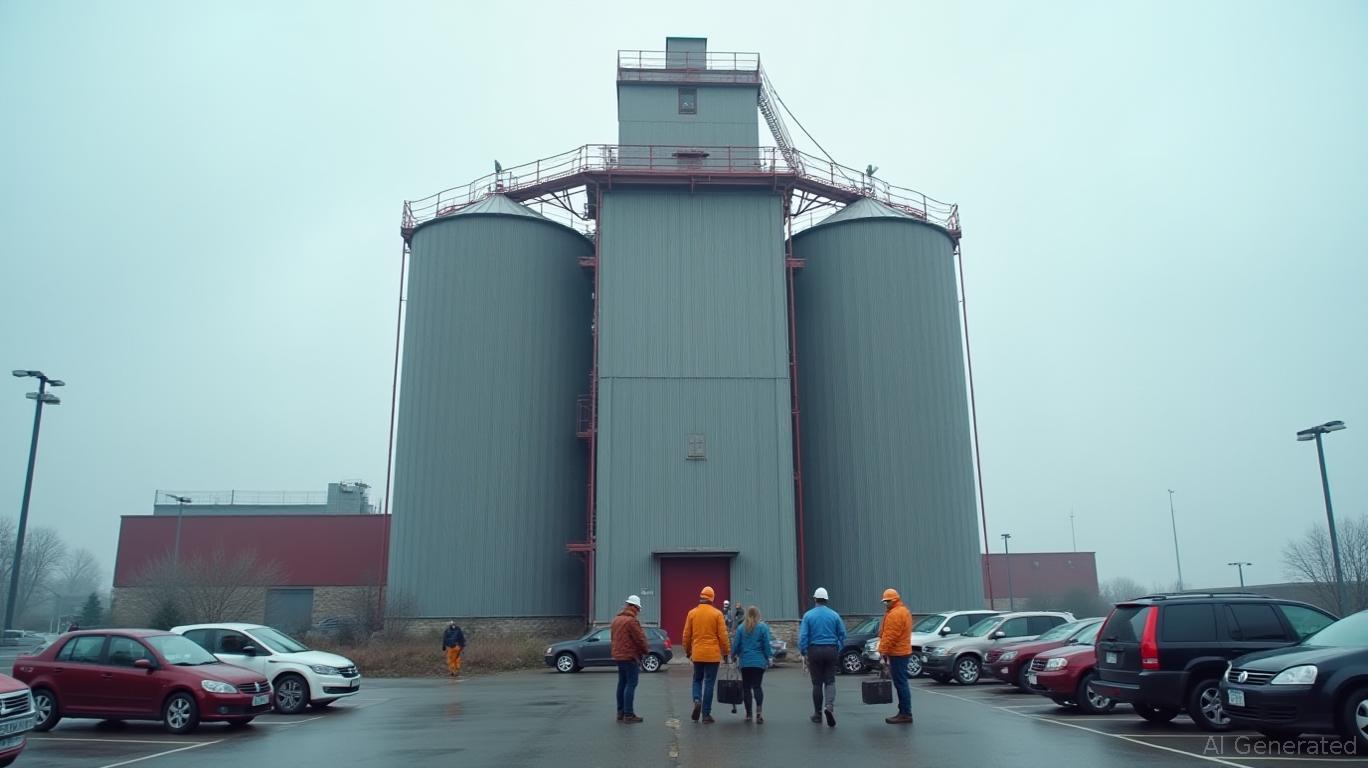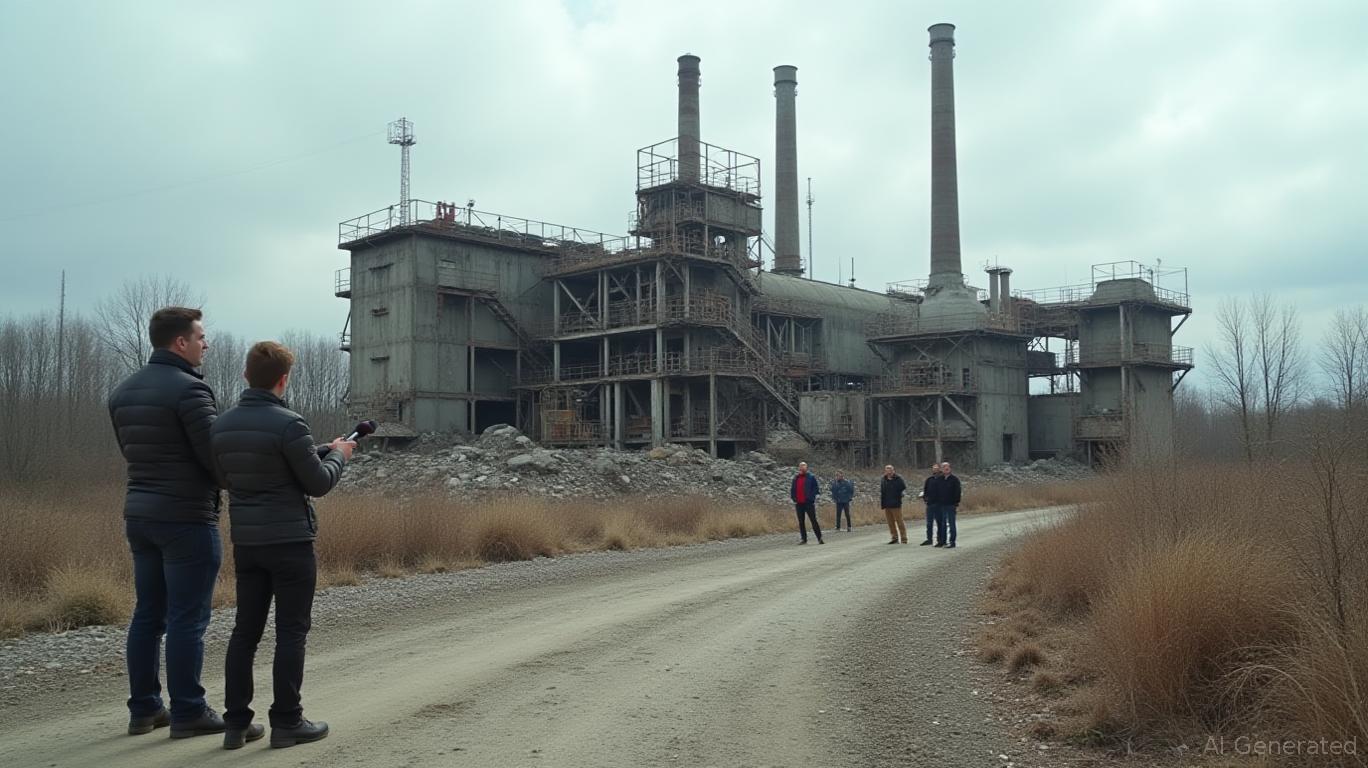French Industrial Output Edges Higher in March, But Structural Headwinds Loom Large
The French industrial sector inched forward in March 2025, with output rising 0.2% month-over-month (MoM). While this marks a slight improvement over February’s 0.7% MoM rebound, the data tells a far more nuanced story. Beneath the surface lies a sector grappling with persistent structural challenges—most notably energy cost inflation, supply chain bottlenecks, and uneven demand—casting doubt on the sustainability of this fragile recovery.
Ask Aime: "French industrial sector's modest growth hides deeper challenges this March."
The YoY Reality: A Contractionary Undercurrent
Year-over-year (YoY) comparisons paint a bleaker picture. In February 2025, industrial output fell 1% compared to February 2024, with manufacturing contracting 1.9%. By March, the YoY decline narrowed to 0.4%, but this marginal improvement masks deeper vulnerabilities. Key sectors remain in freefall:
- Motor vehicles: Production plummeted 10.7% YoY, reflecting both weak consumer demand and lingering supply chain disruptions.
- Basic metals: Output dropped 5.2% YoY, with iron and steel production down a staggering 23.6% since Q2 2021, due to locked-in energy costs.
- Glass production: Still down 17.4% since mid-2021, a casualty of its energy-intensive manufacturing process.
Only coke and refined petroleum (+8.3% YoY) and mining/energy (+3.2% YoY) defied the contraction, buoyed by high global energy prices.

Monthly Volatility vs. Structural Decline
The MoM data highlights a pattern of inconsistent recoveries. February’s 0.7% MoM rebound was driven by a 3.2% surge in machinery and transport equipment production—a temporary bounce that faltered in March. Manufacturing output fell 0.6% MoM in March, while energy and water sectors slumped 2% MoM. This volatility underscores the sector’s reliance on short-term fixes rather than durable solutions.
The construction sector, a key economic driver, also stumbled, dropping 3.4% YoY despite a brief February rebound. Here, high energy costs and labor shortages are compounding issues, with no clear path to resolution.
Ask Aime: What's the outlook for the French industrial sector in 2025?
The Energy Cost Quagmire
At the heart of France’s industrial woes lies an energy crisis. Many manufacturers locked in multiyear contracts for electricity and gas during the 2022–2023 price spikes, leaving them with unsustainable costs. Even as global energy prices have moderated, these locked-in rates persist, squeezing margins. For energy-heavy industries like basic metals and glass, this is a death spiral: reduced output → lower economies of scale → higher unit costs → further contraction.
Investment Implications: Proceed with Caution
For investors, the data suggests a sector in limbo. While the March MoM uptick may tempt short-term trades, the underlying trends favor a cautious stance:
1. Avoid overexposure to energy-intensive stocks: Firms like Saint-Gobain (glass production) or ArcelorMittal (steel) face existential challenges unless energy costs stabilize.
2. Look to energy sectors with pricing power: TotalEnergies or EDF could benefit from sustained high energy prices, though regulatory risks persist.
3. Monitor the machinery rebound: Companies like Valeo or Renault might see near-term gains if auto demand stabilizes, but structural issues like EV transitions and trade wars add uncertainty.
Conclusion: Fragile Gains, Persistent Risks
The March MoM rebound is a flicker of hope, not a green light. With Q2 2025 forecasts pointing to a further 0.6% MoM decline and 2026 growth hinging on energy cost stability—a “highly uncertain prospect” per analysts—the French industrial sector remains in a precarious holding pattern.
Investors would be wise to focus on diversification and sector-specific resilience. The data is clear: without a breakthrough on energy costs or a sustained demand rebound, France’s factories will remain stuck in low gear.
In short, the March uptick is a blip in a storm—a momentary pause in a contractionary trend that shows no signs of abating. For now, the best strategy is to tread carefully and let the data lead.



















